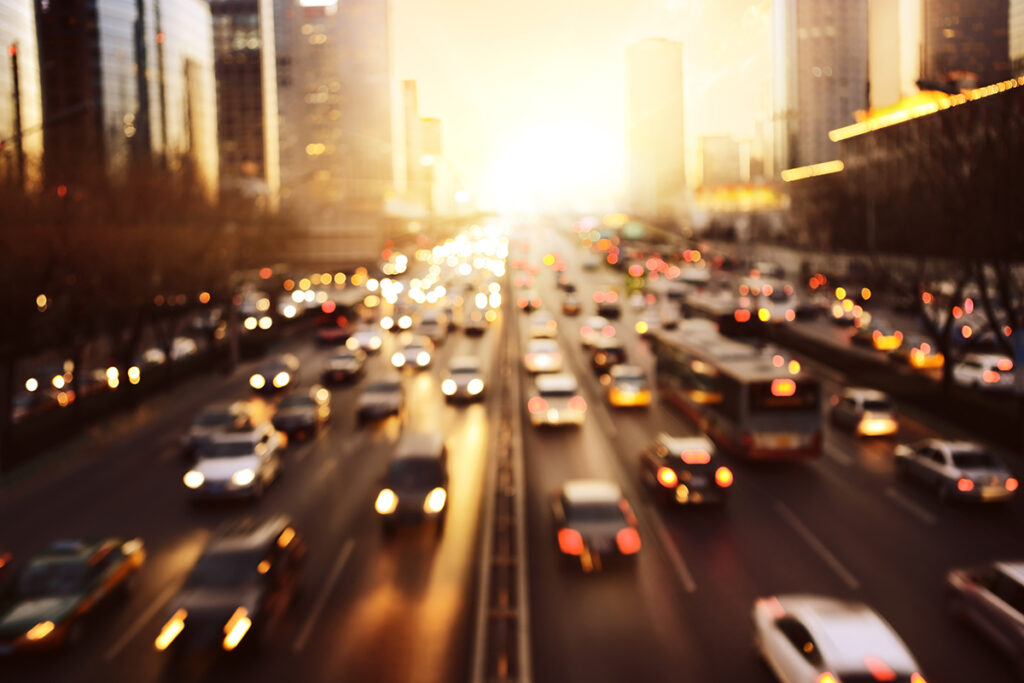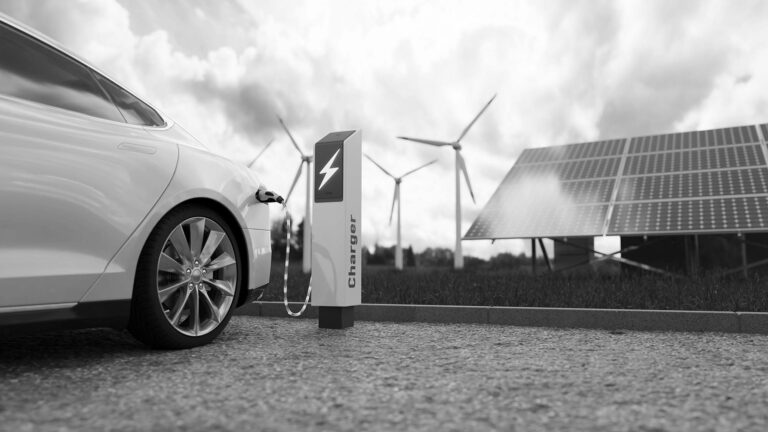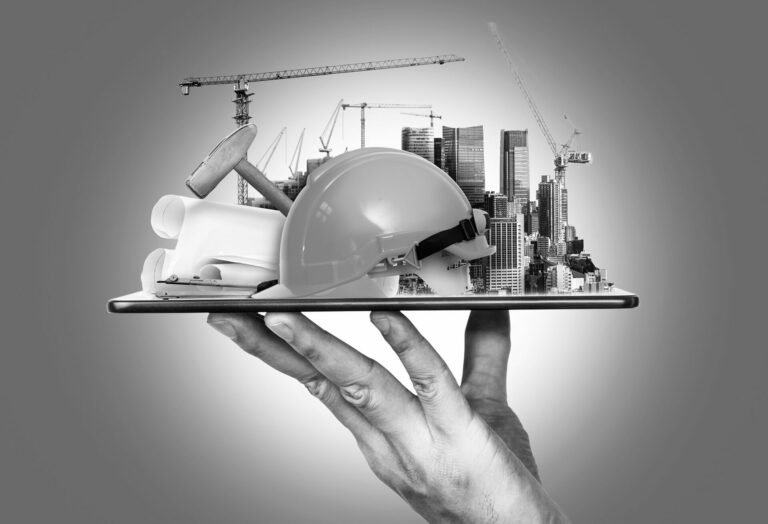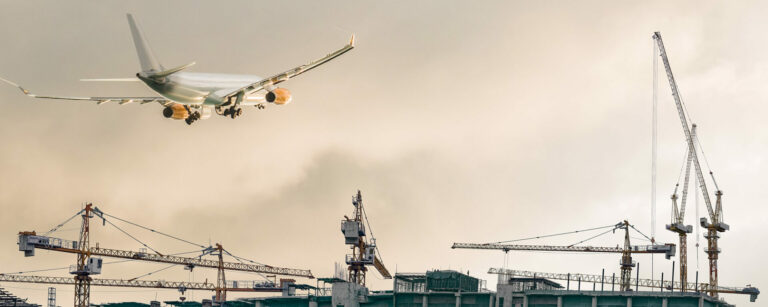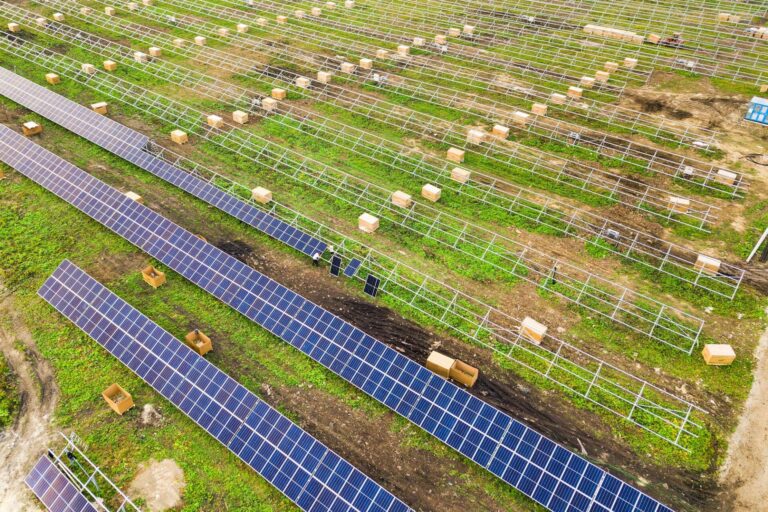When populations increase, so do many other factors such as the demands placed on services and infrastructure. This may seem obvious but the effects of this growth can have a lasting impact. While many of these changes and developments are mere byproducts of growth, each one is intrinsic to the balance and success of a town or city. The equation is a simple one; an increased volume of people brings with it widespread growth. Production, costs, litter, traffic; all are affected when an influx of people move in. Let’s put it another way… When humans arrive, they do not travel alone.
Understandably, cities and towns have developed as they have grown. Industry has adapted to ensure that developing spaces are met with the necessary tools to thrive. Infrastructure and building work are in a constant cycle of renovation and rebuilding while new technology and innovation are constantly redefining what it means to live in modern communities. However, ongoing growth does not always lead to positive outcomes. Various metrics show that some of the more negative aspects of society can grow exponentially also. Pollution, crime and poverty all remain high on the list of concerns for modern city dwellers. So, what happens when a location develops and the negative impact of larger groups is felt? This is where policy is key. City planners need robust and forward thinking budgetary policy that will equip and support stakeholders. Police, waste disposal, education; each requires two things, money and expertise.

With that said, one area of population growth that is often overlooked is traffic management. It is no surprise to learn that in recent years, as the number of cars, cyclists and buses have crowded our streets even further, the number of road fatalities has also risen steadily. Across various states, figures are trending upward at an alarming rate – roadway deaths increased by 20%
between 2020 and 2021. In fact, according to a recent study, more than 42,000 people are killed on U.S. streets each year and when international figures are added to the discussion, the numbers become ever more stark. So, the question is this; are these deaths an unfortunate side-effect of a growing population or can something be done? According to Vision Zero Network, we already have the answers. “Each year, the population of a small city is needlessly killed on American streets and thousands more are injured. We call this suffering traffic “accidents” — but, in reality, we have the power to prevent traffic collisions.”
Vision Zero Network is a non-profit project committed to building momentum and advancing Vision Zero in communities across North America. It’s goal is a simple one. Preventable deaths should indeed be prevented. “Our goal is safe mobility for all. We recognize that everyone has the right to safe mobility, whether walking, bicycling, driving, riding a scooter, using a wheelchair, or riding transit. Yet, each year in the U.S., tens of thousands of people are killed, and millions more injured, in preventable traffic crashes. These are our friends, family members, colleagues, and neighbors. We can prevent these tragedies.”

Vision Zero was first developed and implemented in Sweden in the 1990s. It’s aim is to eliminate all traffic fatalities and serious injuries. While this is clearly no small task, the strategy has taken off throughout Europe and is gathering momentum in the U.S. also. By adopting standpoints that are directly at odds with the traditional road safety mindset, genuine change is being made. With Vision Zero, traffic deaths are preventable, rather than inevitable. Furthermore, the strategy acknowledges that humans will make mistakes while driving and, with this, comes the need to ensure that these failings and mistakes only result in minor accidents. This can be achieved by demanding change from policymakers in relation to improve the roadway environment and policies such as speed management. This approach is multidisciplinary in nature, meaning that diverse stakeholders from traffic planners to pedestrians work collaboratively to identify clear goals and actions.
“Vision Zero is not a slogan, not a tagline, not even just a program. It is a fundamentally different way to approach traffic safety.”
At Vision Zero Network, the message is clear. Lip service and good intentions will change nothing. Instead, honest self-reflection coupled with tragic planning and community led action is the only way of shifting the dial on entirely preventable deaths. “Communities that want to succeed at Vision Zero need to acknowledge that business as usual is not enough and that systemic changes are needed to make meaningful progress.” With a data-led approach and a focus on collaboration and SMART targets, the formula has demonstrated massive success in a variety of contexts. Simply put, this framework saves lives.
Many cities in the U.S. have joined the ranks of cities and communities that are pushing for Vision Zero.
So, why has the United States taken so long? The truth is that, confusingly, it hasn’t. Many cities in the U.S. have joined the ranks of cities and communities that are pushing for Vision Zero. Another truth, and one that is much more unpalatable, is that despite signing up to the framework, most of these cities have seen huge increases in the numbers of road fatalities. The reality is somewhat more nuanced than these facts may seem. While signing up to Vision Zero has been an easy decision to make, making the required changes to policy and infrastructure has proved to be infinitely more difficult. “It’s an easy thing for a politician to say that they’re committed to Vision Zero,” said Jeff Paniati, the executive director of the Institute of Transportation Engineers, “without actually doing anything different from what they were doing before.” While it seems as though everyone is in favor of change in theory, traditionalist views of car ownership and freedom of choice creep in and throw a spanner in the works. Seleta Reynolds, the director of the Los Angeles Department of Transportation, feels that the culture in America is proving to be a much deeper barrier to change than originally anticipated. “A moment comes when a person shows up to do the actual [infrastructure] project, and it’s down the street from your house. Whether it’s a bike lane or a bus lane, the calculus suddenly changes, and it feels like a fundamental assault on your way of life.”
However, the future for Vision Zero in the U.S. is not completely bleak. Jersey City, the only city in New Jersey to adopt the Vision Zero framework and recommendations, is an outlier. Not only that, it is succeeding where many others have failed. Incredibly, through a series of initiatives, education and innovative road design, Jersey City did not have a single road death throughout the year of 2022. During COVID, the city used the time as an opportunity for experimentation. “We took advantage of less cars on the street,” said Mayor Steve Fulop in an interview at his office. “And we said, let’s try to do things that we probably couldn’t do as easily under regular circumstances. That included a lot of redesigning of roads.” So, what has the city done differently and why have these initiatives worked when others haven’t? The answer is simple, communication. Small interventions such as diversions, roundabouts and redesigns have been piloted on a weeklong basis with full transparency and robust feedback sessions before, during, and after. By involving communities, the mistrust that may stem in other areas fueled by a fear of losing the traditional American heritage and legacy of the automobile has disappeared. Barkha Patel, Director of Infrastructure, explains how, through careful negotiation and mutual respect, the goals set out in Vision Zero may yet become a reality. “We’ll do notices, let people know what it is, and then for a few days, staff will be out there to interact with the public and explain what’s going on, and how to use the improvement. Then we’ll take it away whenever we’ve committed to it. Because that transparency with the community is a really big part of it, too.”









